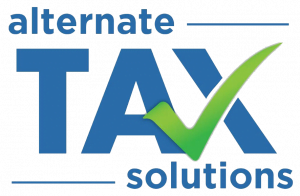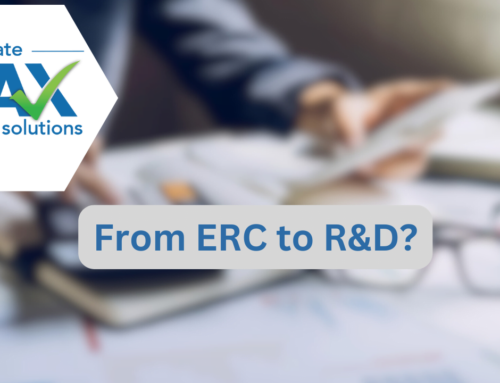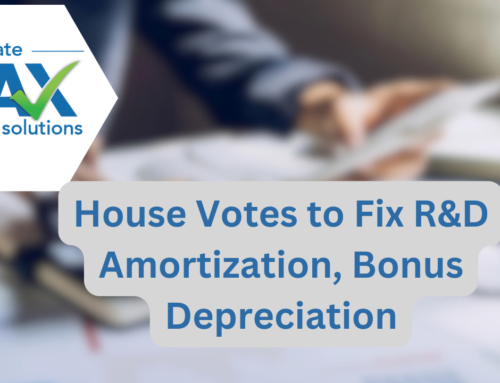How the new increase in 179D deductions will benefit small businesses
Since 2006, building owners and leaseholders who invested in energy efficient building systems have been able to benefit from the Section 179D deduction. Traditionally, these deductions have been modest, however, the Inflation Reduction Act is seeking to quadruple the amount of deductions allowed per square foot.
This law allows building owners to deduct a certain amount of money per square foot for efficiencies in:
- Building shell
- HVAC
- Lighting
Deductions are calculated through energy modeling and a certification is required showing the amount of deduction allowed per square foot. Architects and engineers that design energy efficient buildings for public entities can also benefit from this deduction.
The 179D deduction has enjoyed an increase in attention over the past few years and in 2020 it became a permanent part of the tax code. However, the Inflation Reduction Act of 2022, is set to take this benefit into the stratosphere.
Traditionally, the maximum deduction for each element has been $1.80 per square foot (indexed each year for inflation). The new bill would increase this to a maximum of $5.00 per square foot. While that act does impose some prevailing wage and apprenticeship requirements, any party involved in the investment or design of energy efficient building system could experience a substantial tax benefit.
The increase in maximum deduction is important in more ways than one. For years, it did not make economic sense for many small business owners to perform a 179D study. Unless you owned or designed a building that was more than 100k square feet, the benefit to cost of performing a study would not be favorable. With the new maximum of $5.00 per square foot, owners of buildings of all sizes could see substantial savings in comparison to the cost of performing a 179D study.
A quick glance at the headlines surrounding the bill show that it mainly is designed to invest in “green energy” improvements throughout the country. The increase in the Section 179D deduction is one of the vehicles through which this investment will be made. Once this bill goes into effect, it will incentivize building owners and parties constructing new buildings to implement technologies that will achieve a greater energy efficiency rating, thus reducing energy consumption and lowering the U.S’s overall environmental footprint.
How to Claim Section 179D Benefits
In order to claim this tax benefit, a building owner or qualified designer must conduct a study that models the energy savings of each of the three components. The IRS utilizes internal Audit Techniques Guides to determine the validity of 179D claims. While taxpayers are not required to attach these models or even the accompanying certification letter to tax returns claiming the deduction, the IRS requires that adequate records behind the deduction shall be maintained in case of audit. The deduction can be claimed in the year the building or equipment was placed in service, or, on an amended return provided that adequate change of accounting provisions have been considered.
If you are a building or leaseholder who has made significant investments in energy-saving system, or an architect or engineer who has designed these systems for government buildings, the 179D deduction should be examined as part of your tax strategy. The professionals at ATS have years of experience in building assessment and energy modeling, please contact us today if you think this deduction applies to your project.





